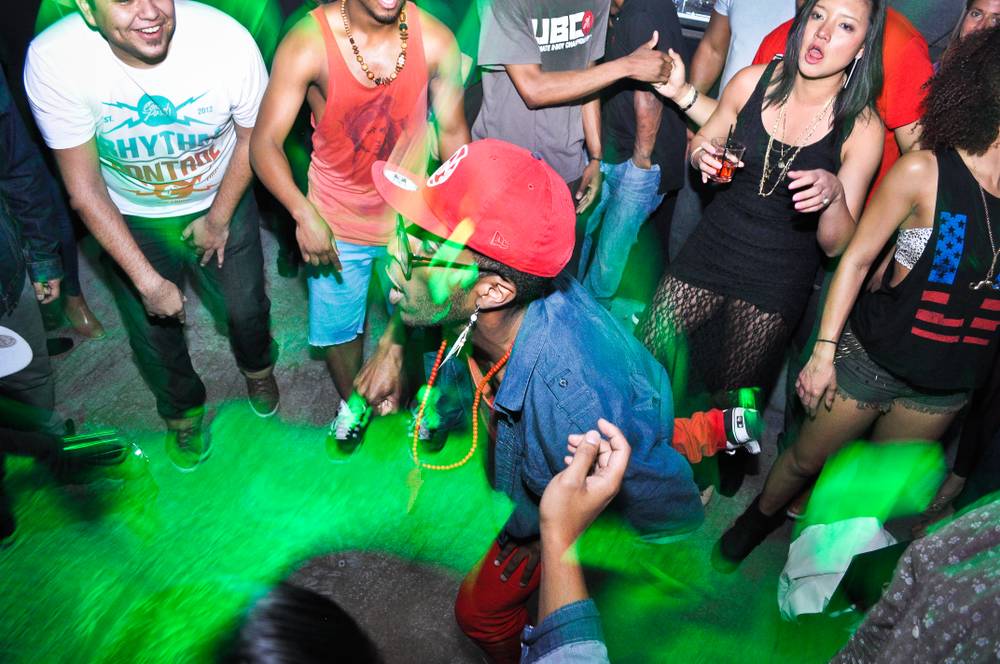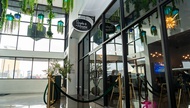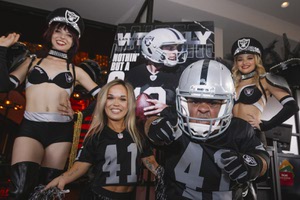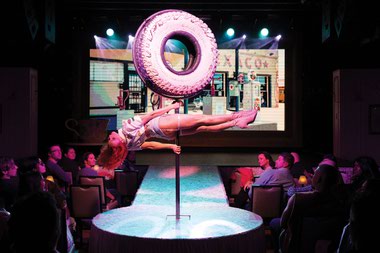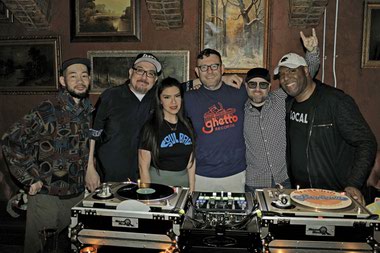I was first introduced to Fremont East the summer before my senior year at UNLV, and the introduction couldn’t have come at a better time. Up until then, my idea of Las Vegas nightlife was purely influenced by the clubs dotting the Strip—expensive drinks, even more expensive bottles, lines and efforts to avoid a $30-$100 cover charge. I began to loathe my dress shoes and button-down.
So Fremont was a godsend. Devoid of cover charges, lines, pricey drinks and dress codes, and with a by-locals-for-locals vibe, it was the perfect place for my 22-year-old self to spend Saturday night. Today, it feels different. On any given weekend night the street is full of barhoppers dressed to the nines, waiting in lines with bouncers protecting storefront doors. Some venues charge covers, others ask $15 for a cocktail. Familiar?
“It’s nothing other than the reality of competitive business,” says Christopher LaPorte, founder and COO of Fremont East barcade Insert Coin(s). LaPorte explains that for larger venues such as his (Insert Coin(s) is around 7,000 square feet), charging covers and premium prices on select beverages is vital to paying the rent. While he acknowledges some trepidation implementing nightlife elements in a neighborhood known for casual barhopping, LaPorte says things like stanchions and added security ensure good service and safety for his customers.
“One of the things that we’re constantly battling as business owners Downtown is the perception that Downtown is dangerous,” LaPorte says. “At the same time as we’re trying to make it a more attractive place or a safer place, then the question comes back with, ‘Oh, it’s becoming the Strip?’”
Downtown Cocktail Room owner Michael Cornthwaite says he doesn’t see any Strip-ification happening. “It could never be the Strip, nor would I or many others want it to be,” he says. “I would argue that Fremont East is just starting to resemble the central commercial district that it was originally before the ‘shopping mall-ification’ wiped it out in the ’70s and ’80s.”
Cornthwaite first opened DCR, a Fremont East original, in early 2007. While the small speakeasy is now usually packed on weekends, you still don’t pay a cover or herd like cattle outside DCR’s enigmatic metal door. “I believe that you can curate the guest demographic that you want through atmosphere, music, service, a smart door host staff and some basic rules,” Cornthwaite says.
And while new bars and lounges have redefined—and spruced up—the area, many venues remain free of lines and covers. You can still score a $3 Hamm’s at the Griffin.
LaPorte agrees with Cornthwaite. “Yes, it’s changing, but it’s never going to be the Strip,” he says. “Because here’s what we do differently, better than anyone else on the Strip: We’re providing alternatives.”
He’s right. You’re never going to find an indie band at XS, and sitting around the Griffin’s fireplaces beats the one in Marquee’s Library. Fremont East might look and feel different, but it still feels more like home than the Boulevard that defines my hometown. Fremont East is growing up; I guess I’ll have to grow up with it.
